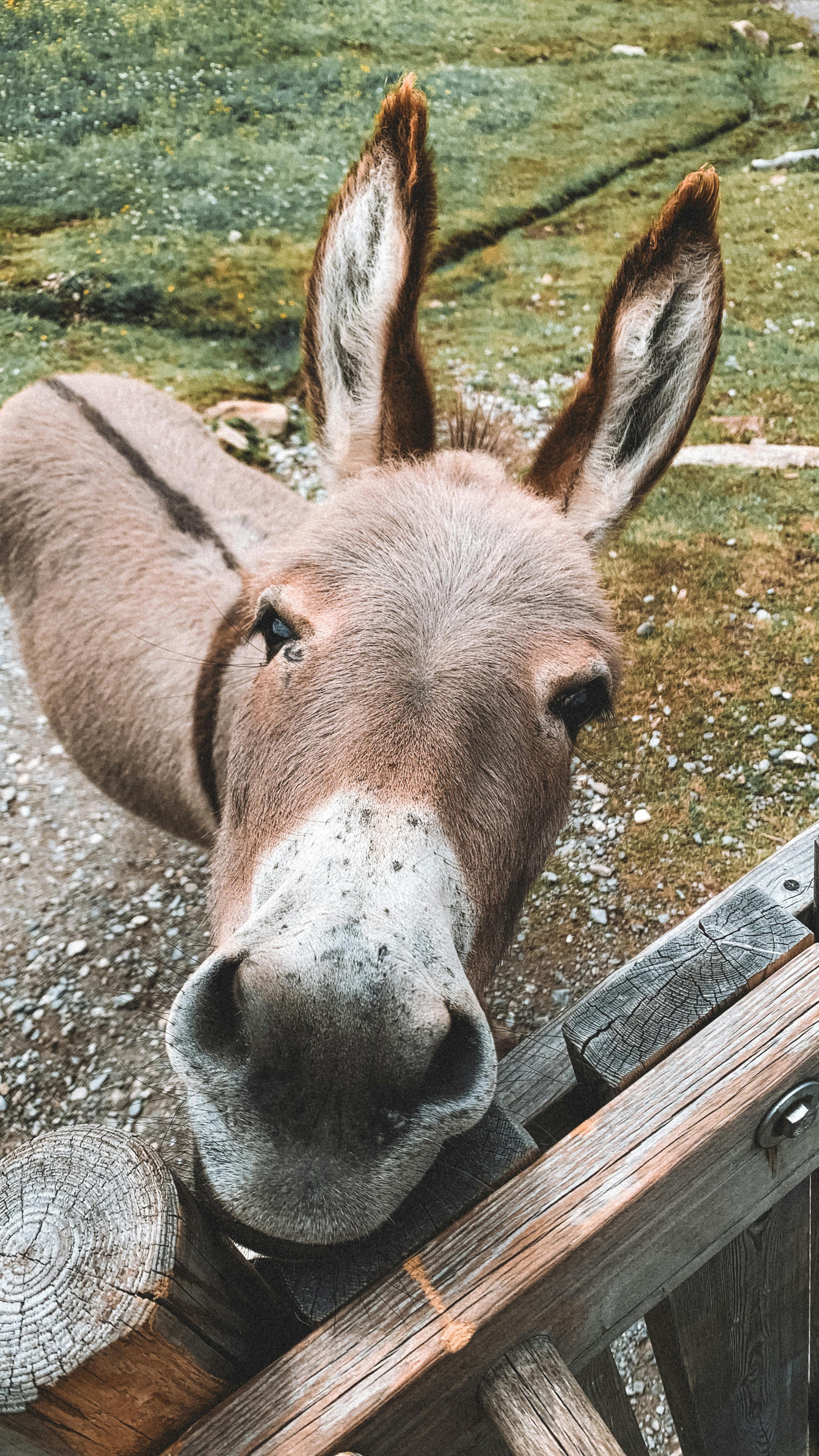Essential Guide to Building a Catio for Happy Cats in 2025
Creating a catio, or outdoor cat enclosure, is a fantastic way to give your feline friends the chance to enjoy the great outdoors while ensuring their safety. With growing awareness about the importance of cat welfare, more cat owners are seeking innovative solutions to provide outdoor access for their cats. This essential guide will explore various aspects of building a catio, including design ideas, construction steps, and tips for enhancing your cats’ outdoor experience. By following this guide, you’ll create a secure and enriching environment for your furry companions.
Understanding how to build a catio effectively not only enhances your cat's well-being but also fosters a deeper bond between you and your pet. From selecting the right materials to choosing the perfect catio size, you’ll find practical insights that cover all you need. Let’s dive into the details of catio construction and help you create the perfect outdoor sanctuary for your beloved cats!
Key Takeaways: Building a catio can provide your cats with a safe outdoor experience, promote physical activity, and enhance their mental well-being. This guide will outline catio ideas, essential materials, construction steps, and tips for creating a cat-friendly space.
Understanding Catio Design and Styles
With a variety of catio designs and styles available, choosing the right one can be an exciting yet daunting task. The design you select will depend on your outdoor space, your cat's needs, and your personal aesthetic preferences. From spacious multi-level catios to cozy window catios, each style has its benefits.
A multi-level catio is ideal for adventurous cats as it allows them to explore different heights, fulfilling their natural climbing instincts. Meanwhile, a window catio attaches directly to your home, allowing easy access for your cats and minimizing the space used in your yard. Portable catios are excellent for those who prefer flexibility, allowing you to create a secure area anywhere in the yard.
Additionally, consider incorporating catio accessories like shelves, climbing structures, and scratching posts to enrich your cats' environment. These elements not only add to the design's aesthetic appeal but also enhance your cats' daily activities, making their time outdoors more enjoyable.
It's crucial to choose designs that allow for proper ventilation and sunlight while providing areas of shelter from harsh weather. Always integrate features that facilitate safe monitoring of your cats while they enjoy their outdoor time.
This naturally leads us to explore suitable materials for building your catio.
Selecting the Right Catio Materials
When planning your catio construction, choosing the appropriate materials is vital for ensuring durability and safety. Wood is a popular choice for catios, as it offers flexibility in design and is aesthetically pleasing. When opting for wooden catios, ensure you use untreated wood or cat-safe finishes to prevent any health hazards.
Another crucial aspect is the type of mesh or wire used. Opt for heavy-duty, cat-proof wire mesh that is sturdy enough to withstand both your cats’ explorations and potential outdoor wildlife encounters. Ensure that it is small enough to prevent any escapes or unwanted entries by wildlife.
For flooring, consider options that offer comfort, such as outdoor carpet, pavers, or concrete, which are easy to clean and maintain. You can also integrate natural elements like soil or grass in specific areas to create a more cat-friendly garden, which stimulates their natural instincts.
Weather-proofing your catio materials is also essential. Use water-resistant treatments on wood and invest in UV-resistant covers for your catio roof to protect your cats from harsh sunlight and rain.
Before moving to construction steps, let’s delve deeper into some common catio ideas!
Creative Catio Ideas for Your Feline Friends
As you embark on this catio project, creativity can enhance both functionality and aesthetics. Think about incorporating various elements such as tunnels or pathways that connect multiple catio spaces, creating an adventure zone for your cats.
Consider adding vertical elements like shelves and ramps to cater to your cat’s climbing habits. Not only does this utilize vertical space, but it also encourages exercise and playful behavior. Moreover, integrating natural features like plants can improve aesthetics and provide shelter and stimulation.
For added enrichment, think about incorporating cat trees or scratching posts designed specifically for the outdoor environment. This furnishing can encourage healthy play while preventing destructive behavior indoors.
Outdoor cat toys are another excellent addition, stimulating your cats’ minds and keeping them engaged. Providing a cooling area with shaded spots will also ensure that your cats stay comfortable during hot days.
Connected to this principle of enrichment, let’s discuss essential catio construction steps.
Catios: Step-by-Step Construction Guide
Building a catio is an exciting project that can be customized to your specifications and your cats’ needs. Here’s a systematic guide to assist you in constructing your outdoor enclosure:
1. Planning Your Catio: Before diving into construction, sketch out your design and consider space limitations. Assess your yard and choose a location that offers safety, ample sunlight, and shade. Ensure it is free from any hazardous natural barriers, such as thorny bushes or low-hanging branches.
2. Gathering Materials: As discussed, gather quality materials for the structure. Depending on your chosen design (free-standing or attached to the house), ensure you have all the necessary tools and equipment.
3. Constructing the Frame: Start by constructing the frame of your catio. Use treated wood for durability. Secure it well to the ground, ensuring stability and preventing any chance of tipping. If attaching to the house, ensure proper sealing to prevent gaps.
4. Installing Mesh and Roof: Secure the heavy-duty cat-proof mesh around the frame. Create a roof that provides coverage and ventilation—consider options like corrugated panels or UV-resistant tarps for weather protection.
5. Creating Access Points: Design a safe entrance for both you and your cats. This could be a door that leads directly from the house or a simple access ladder for the cats.
With the structural aspects covered, let’s move on to enhancing your catio further!
Enhancing Your Catio with Accessories
Catio accessories can turn an ordinary enclosure into an exciting playground for your cats. Incorporate features that stimulate their senses and provide comfort.
Add climbing shelves and perches at multiple heights, allowing your cats to explore their vertical territory. Providing a variety of surfaces, including logs, mats, and platforms, can also encourage exploration.
Incorporate scratching posts and cat trees that blend with the outdoor environment, allowing cats to maintain their natural instinct to scratch and climb. For enrichment, consider adding puzzle feeders that provide mental stimulation during outdoor feeding.
Additionally, consider seasonal adjustments. For example, you can include weather-proof accessories for summer like water basins to keep them hydrated, and during winter, insulated cat houses to provide warmth.
Plus, don't forget to research effective cat safety tips to ensure your outdoor space remains secure.

Maintaining Your Catio for Longevity
Once your catio is completed, maintenance becomes key to its longevity. Regular cleaning is essential for keeping a hygienic environment. Schedule routine inspections to check for any wear and tear, fixing any issues promptly.
Monitor your catio’s condition, paying special attention to the mesh and structures to prevent any breakouts or unwanted entries. Regularly check indoor elements, including toys and furniture, ensuring they remain cat-safe.
Consider making seasonal adjustments to adapt to changing weather conditions. During summer, ensure adequate shading and airflow, while winter may require insulated features to keep it cozy.
Finally, gardening efforts can enhance your catio experience. Incorporating cat-friendly plants not only beautifies the space but can also be an enrichment activity for your cats as they explore.
With effective maintenance strategies in place, you’ll enhance your opportunity to create a safe outdoor habitat that your cats will enjoy for years!
Q&A: Common Questions About Catio Construction
1. How much does building a catio cost? The cost can vary depending on size and materials used. A basic DIY catio can range from a few hundred to several thousand dollars for larger or complex designs.
2. What should I consider when choosing a location for my catio? Look for a flat area that offers shade and doesn’t have potential hazards. Ensuring it’s visible for monitoring your cats is also essential.
3. How can I attract my cats to use the catio? Use enticing items like catnip, toys, or treats to lure them into the new space. Gradually introduce them to the catio and allow them to explore at their own pace.
4. What are the best catio designs for cats with special needs? Make sure to create ramps instead of steps for mobility issues, and provide soft surfaces for comfort. Make use of sheltered areas for protection from both elements and stress.
5. How often should I clean my catio? Regular cleaning is vital. Monitor daily for waste and debris, and perform a thorough cleaning weekly to maintain hygiene and prevent odors.
 ```
``` 